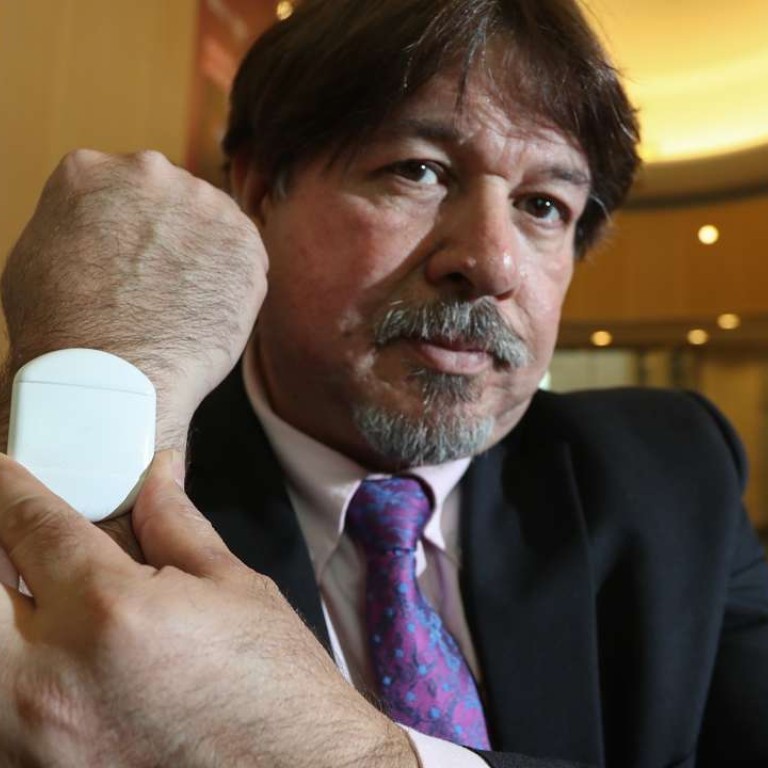
How new technology for elderly care can enhance safety in Hong Kong homes
British companies keen to tap into local ‘silver’ industry brought about by rapidly ageing population
A rapidly ageing population in Hong Kong has resulted in an unexplored “silver market” with business opportunities that British health care technology groups are keen to tap.
Researchers from Sensor City, a Liverpool-based technological innovation centre, were among the delegation of 15 companies and institutions in town earlier this week to explore opportunities in this emerging economy.
According to local industry insiders, the sector may be worth more than HK$50 billion.
“The ‘silver’ age group in Hong Kong is ageing faster than in the UK … we are hopeful that we will be able to collaborate with companies from Hong Kong,” Gary Disley, managing director of Essex-based Cerno Health, said.
Disley was among the Sensor City group members who met representatives from the Hospital Authority and other health care providers in the city.
One of the technologies discussed at the exchange was a system which deployed infrared sensors to anonymously track the movement of people in a room – allowing caretakers to monitor the safety of the elderly in care homes or private residences.
Joe Spencer, Sensor City’s director and an electrical engineering professor at the University of Liverpool, said: “The system detects where people are in the room, so we can build patterns of behaviour associated with normal daily activities”.
He added that sensors can be placed at different locations to monitor various types of activities, and patterns of behaviour stored in the system could help identify if a person had been more immobile than usual, which might indicate a health-related problem.
The system is still in its trial phase and was tested at care homes for patients with Alzheimer’s disease in two British towns – Bristol and London Borough of Merton – to assist staff in providing targeted care during off-peak hours such as on evening shifts.
Another monitoring system called the “magic carpet” serves a similar purpose but uses a pressure points sensor. Flat sensors placed underneath carpets can detect the presence of people in a room.
“If [someone] is not there or has fallen, we will know that something is not right because of the pressure points on the flooring,” Luis Eduardo Cordova-Lopez, an engineering researcher from Liverpool John Moores University, said.
Both technologies aim to create surveillance systems that can enhance the safety of elderly who are vulnerable, and put the minds of caregivers at ease.
“If you put cameras, you can do exactly the same thing, but people don’t like being [fully] observed or followed everywhere,” Cordova-Lopez said.
According to a local study published in 2012, the number of locals aged 60 or older diagnosed with dementia, which requires extra care, was expected to go up from around 100,000 in 2009 to over 332,000 in 2039.

